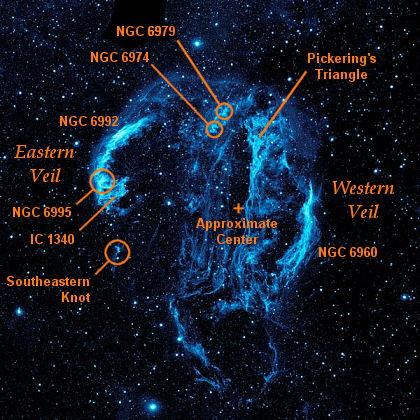https://en.wikipedia.org/wiki/Williamina_Fleming wrote:
<<Williamina Paton Stevens was born in Dundee, Scotland on 15 May 1857, to Mary Walker and Robert Stevens, a carver and gilder. There, in 1877, she married James Orr Fleming, an accountant and widower, also of Dundee. The couple emigrated to Boston, Massachusetts, US, when she was 21. The couple had one son, Edward Pickering Fleming.
After she and her young son were abandoned by her husband, Williamina Fleming worked as a maid in the home of Professor Edward Charles Pickering, who was director of the Harvard College Observatory. Pickering's wife Elizabeth recommended Williamina as having talents beyond custodial and maternal arts, and in 1879 Pickering hired Fleming to conduct part-time administrative work at the observatory. [
It has been said that Pickering "became so exasperated with his male assistant's inefficiency, that even his maid could do a better job of copying and computing."] In 1881, Pickering invited Fleming to formally join the HCO and taught her how to analyze stellar spectra. She became one of the founding members of the Harvard Computers, an all-women cadre of human computers hired by Pickering to compute mathematical classifications and edit the observatory's publications.
 Pickering's Triangle was discovered photographically in 1904 by Williamina Fleming (after the New General Catalogue was published), but credit went to Edward Charles Pickering, the director of HCO, as was the custom of the day.
Pickering's Triangle was discovered photographically in 1904 by Williamina Fleming (after the New General Catalogue was published), but credit went to Edward Charles Pickering, the director of HCO, as was the custom of the day.
During her career, Fleming discovered a total of 59 gaseous nebulae, over 310 variable stars, and 10 novae. Most notably, in 1888, Fleming discovered the Horsehead Nebula on a telescope-photogrammetry plate made by astronomer W. H. Pickering, brother of E.C. Pickering. She described the bright nebula as having "a semicircular indentation 5 minutes in diameter 30 minutes south of Zeta Orionis". Subsequent professional publications neglected to give credit to Fleming for the discovery. The first Dreyer Index Catalogue omitted Fleming's name from the list of contributors having then discovered sky objects at Harvard, attributing the entire work merely to "Pickering". However, by the time the second Dreyer Index Catalogue was published in 1908, Fleming and her female colleagues at the HCO were sufficiently well-known and received proper credit for their discoveries.>>
 Fleming's Triangular Wisp
Fleming's Triangular Wisp